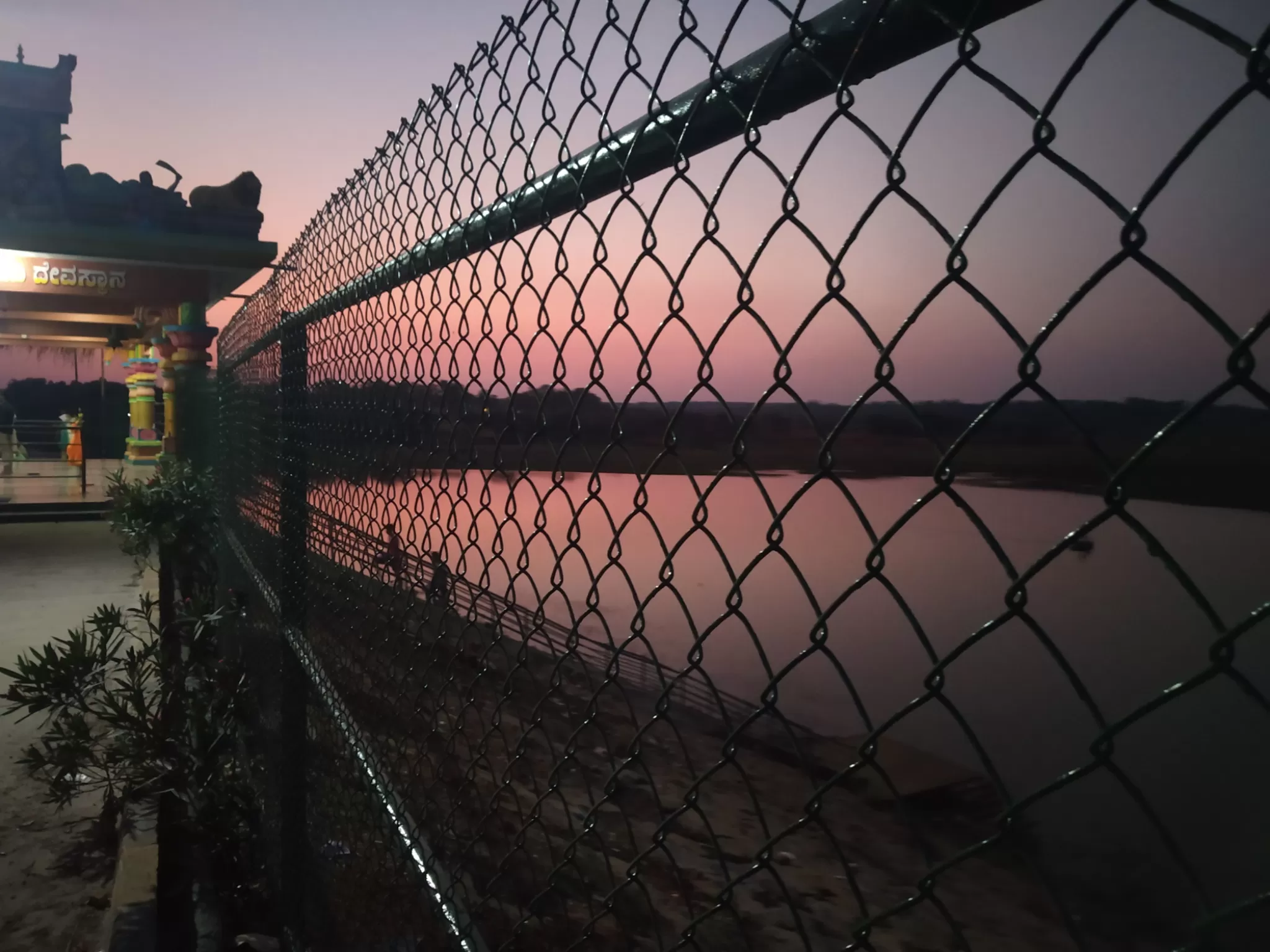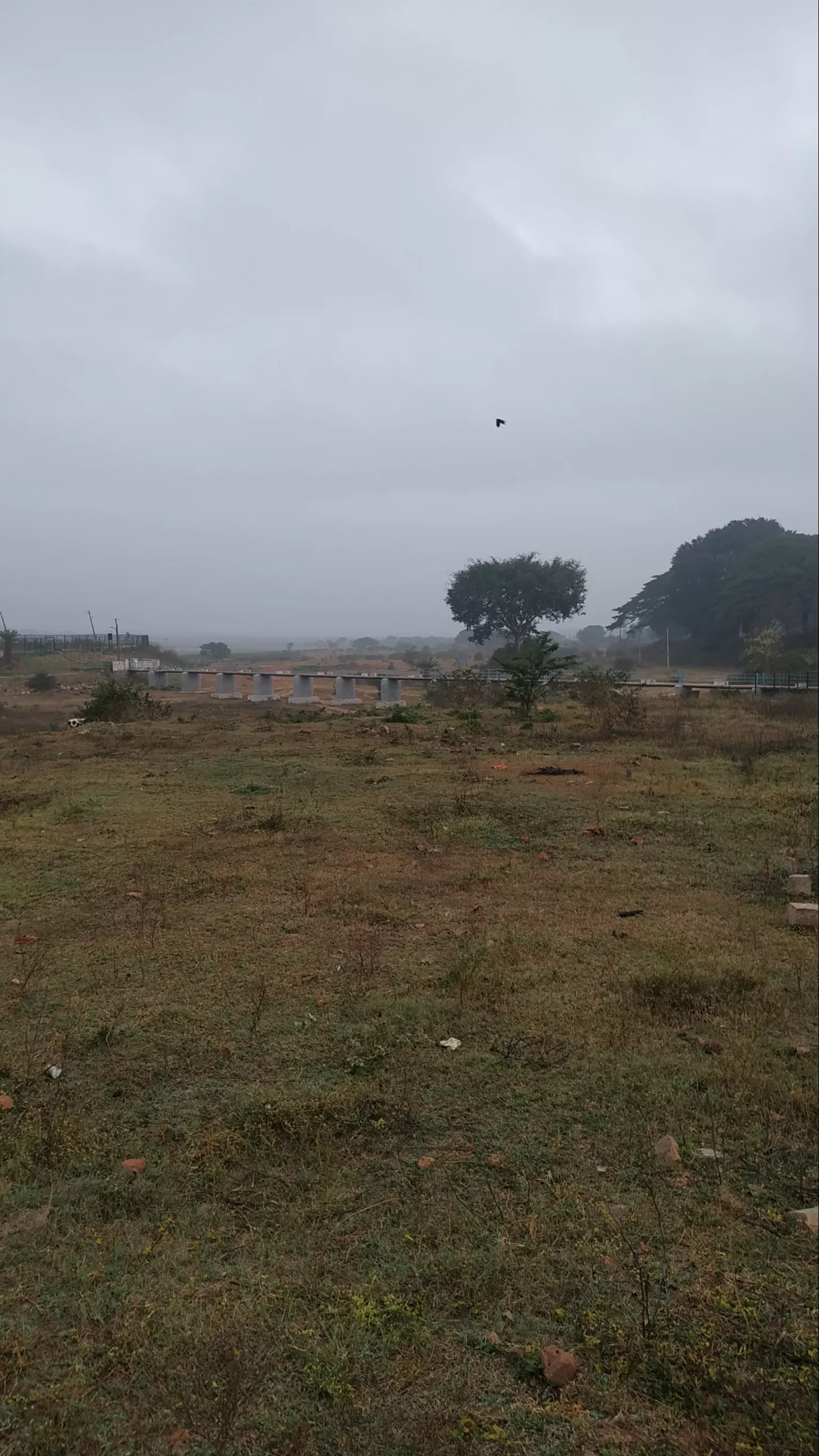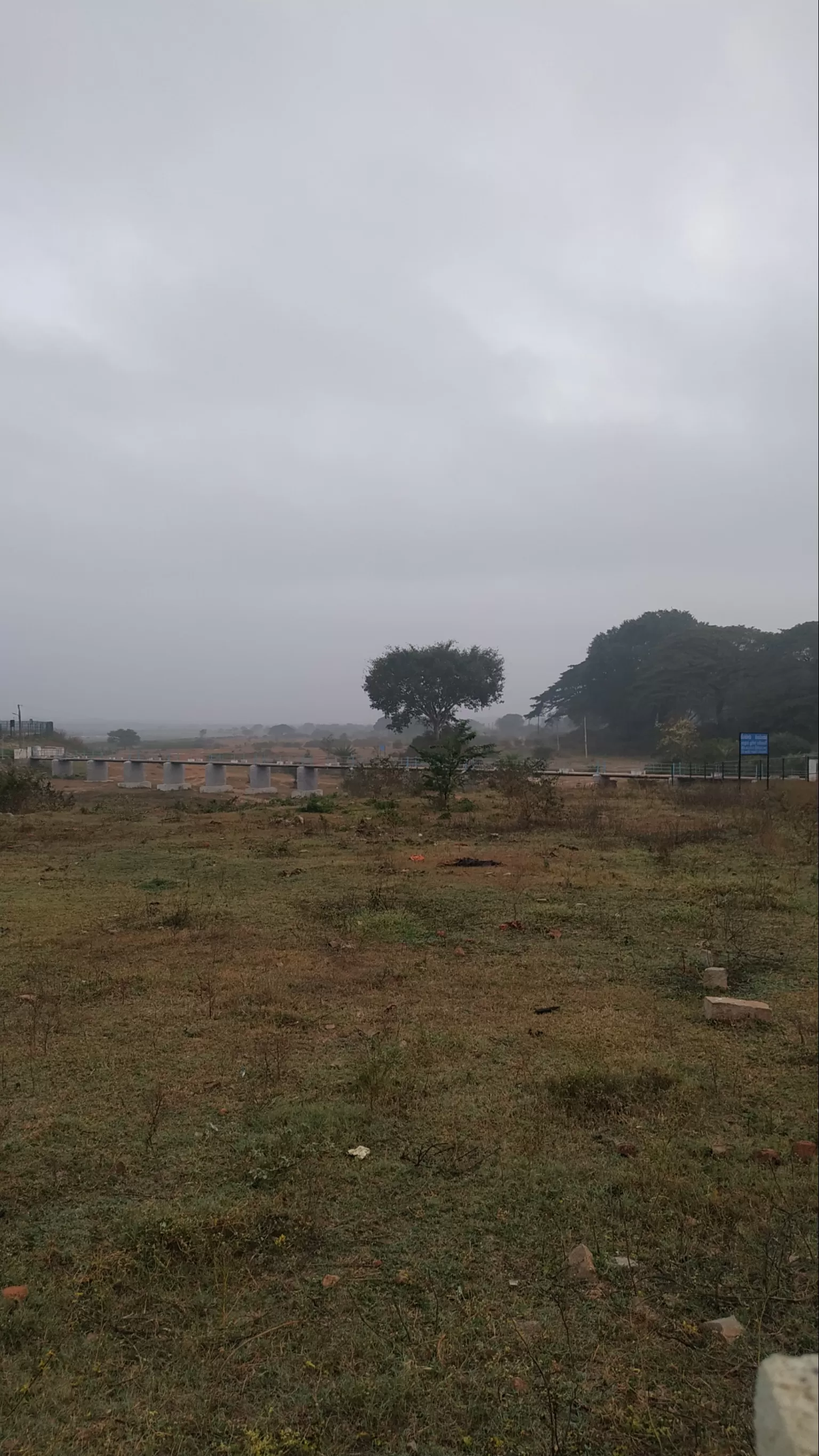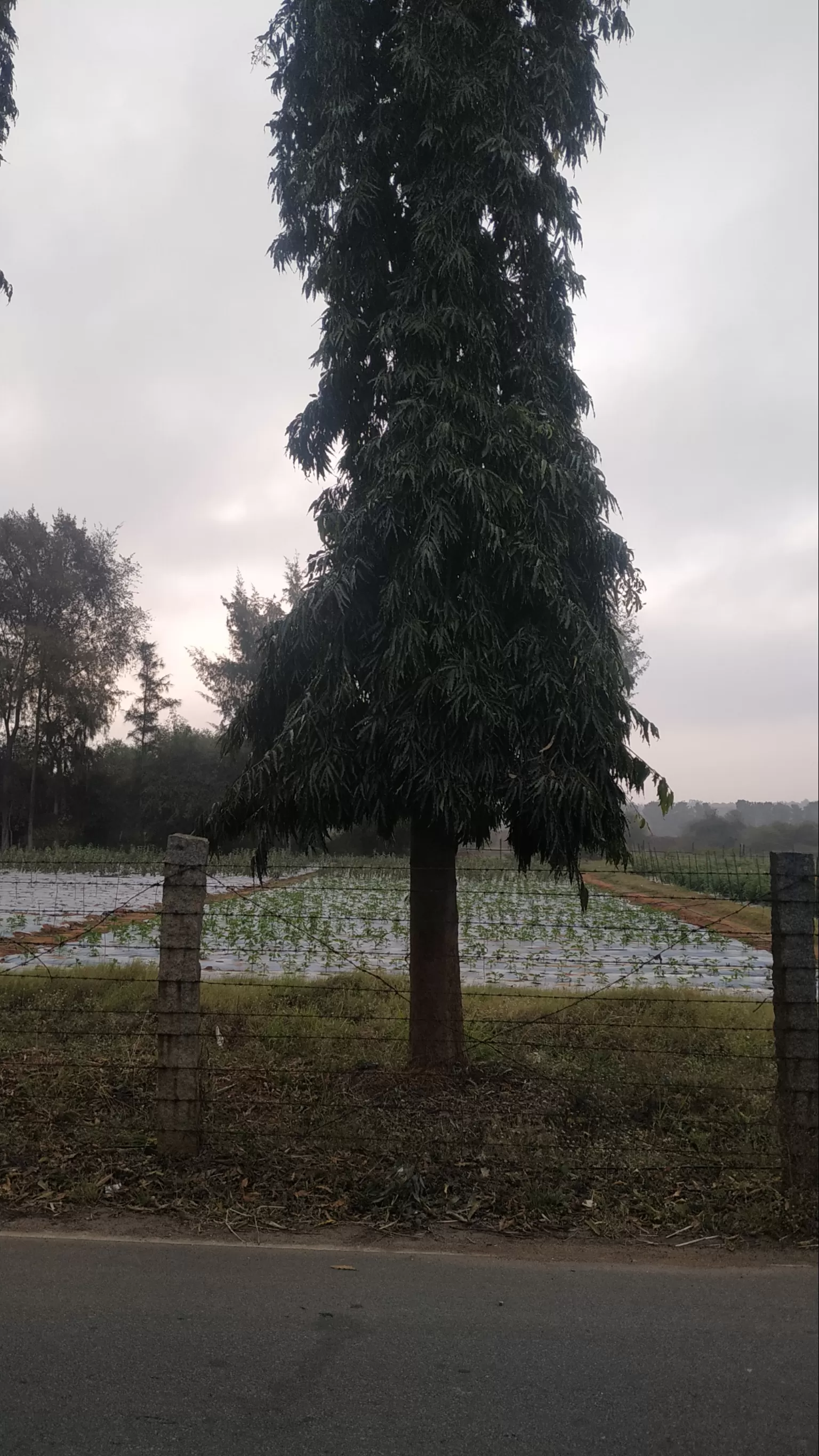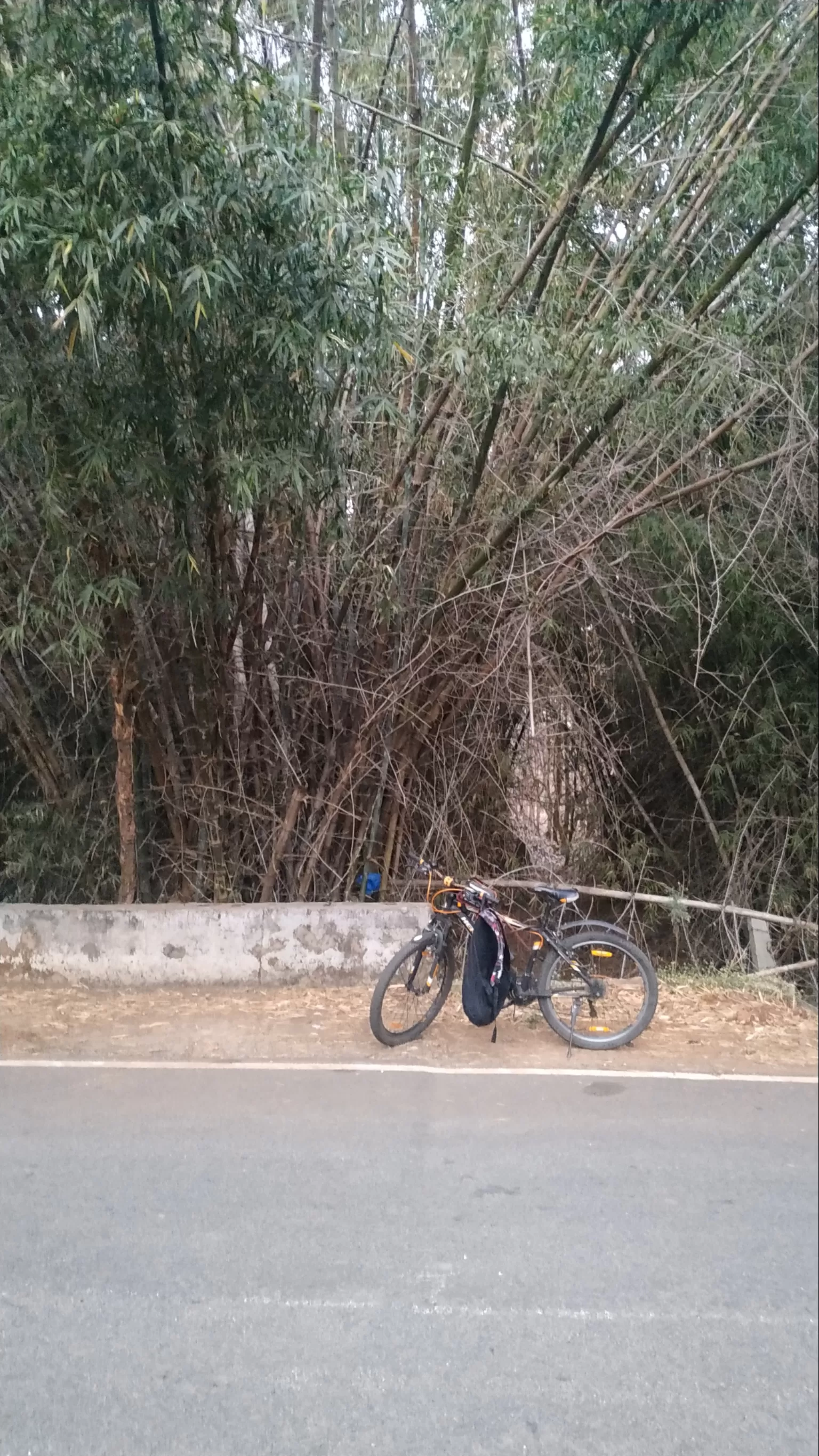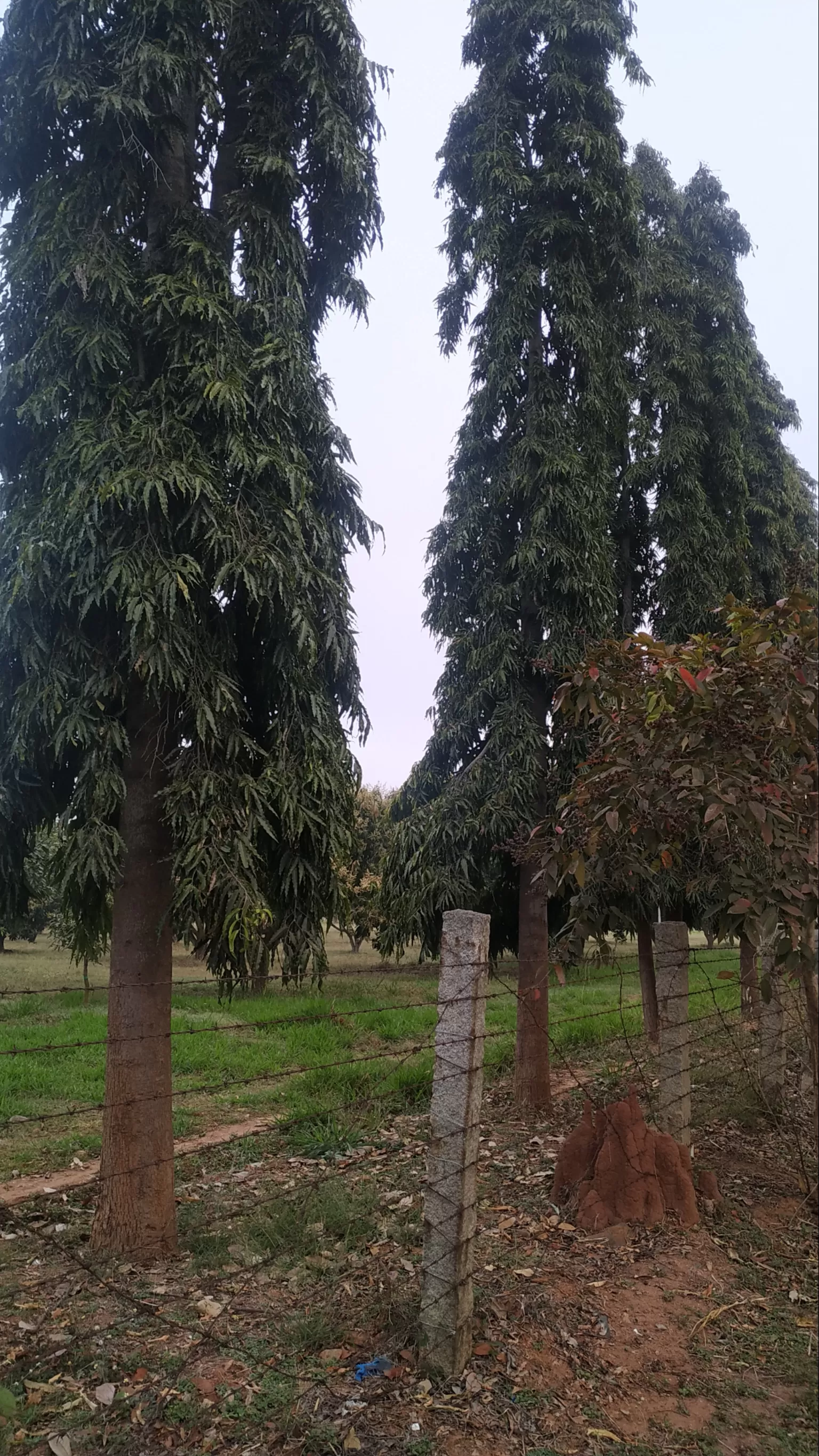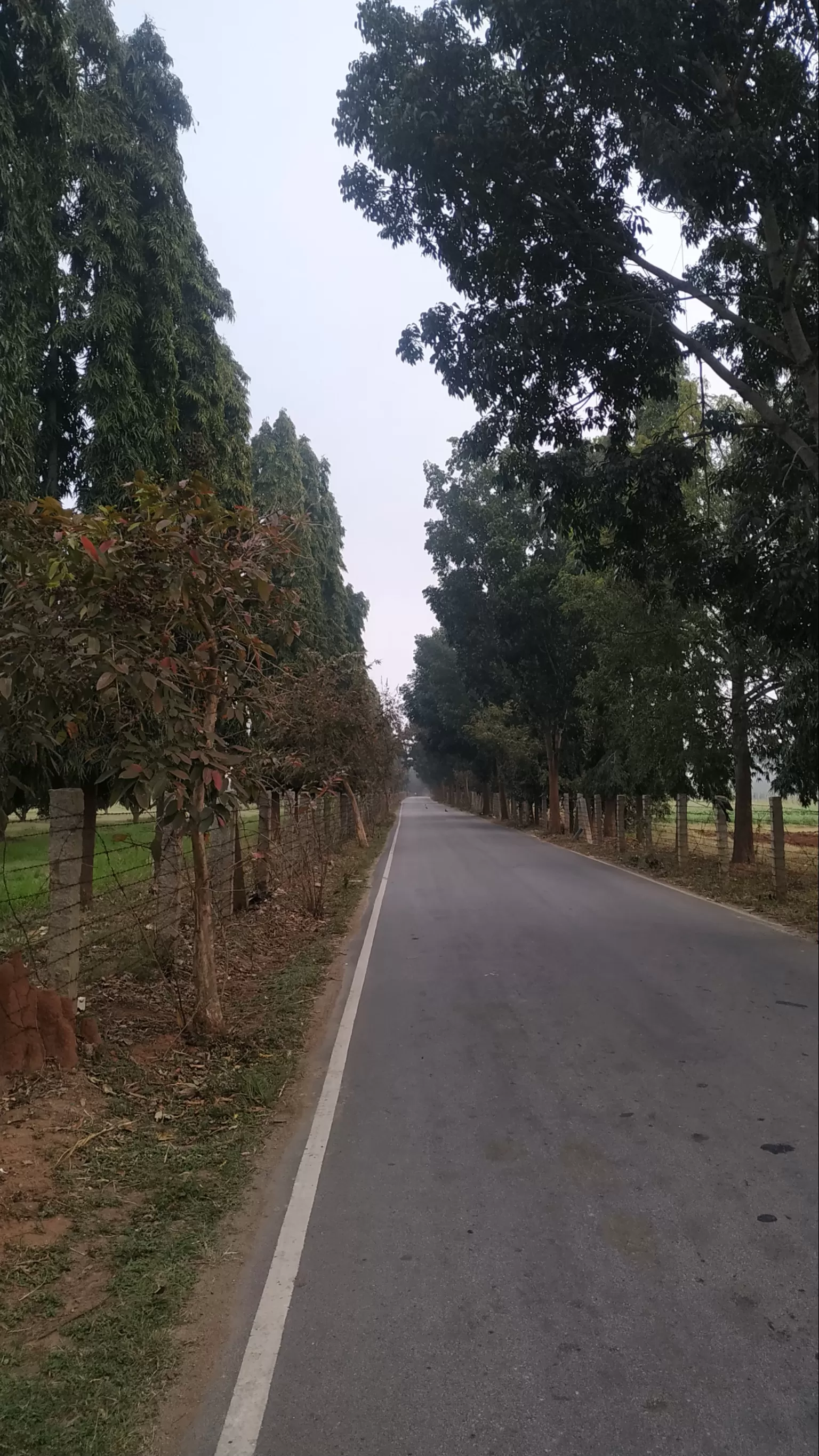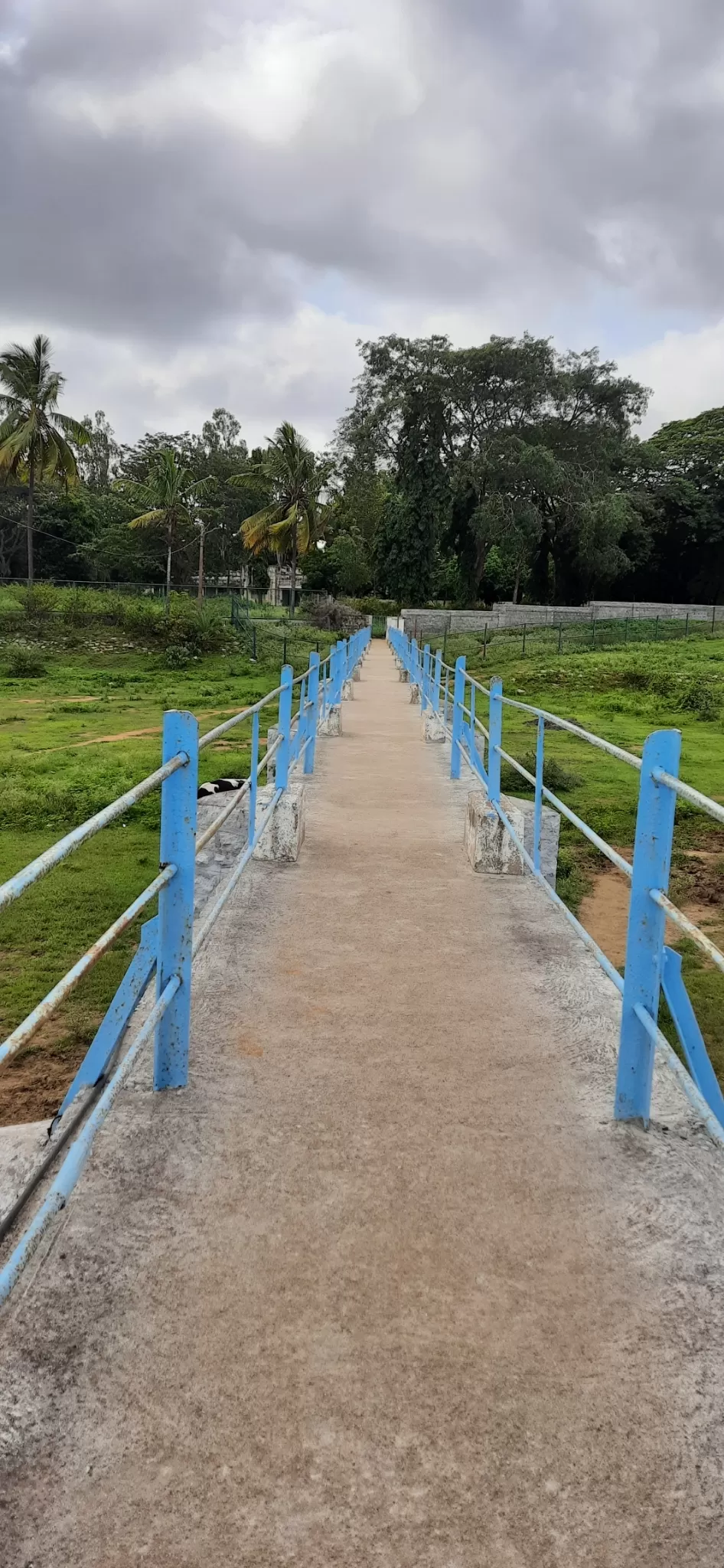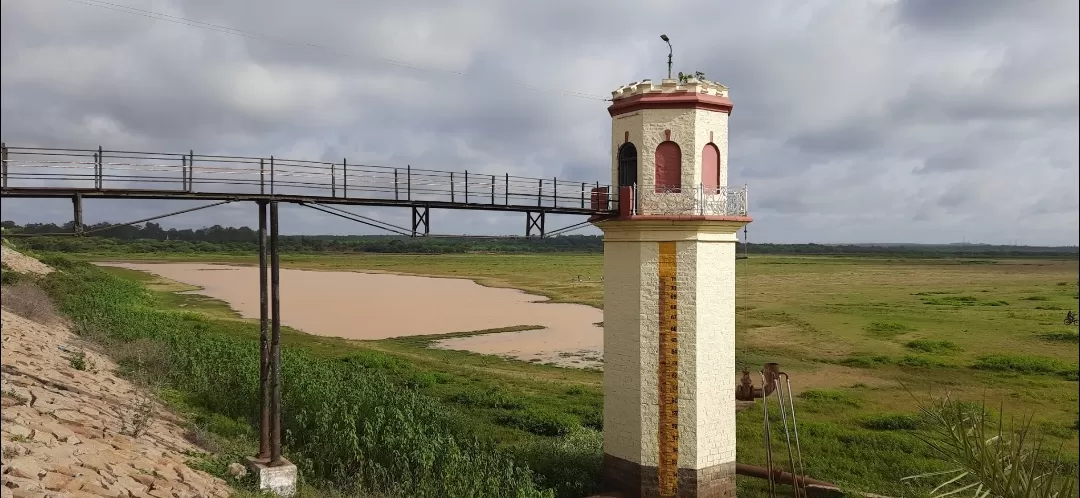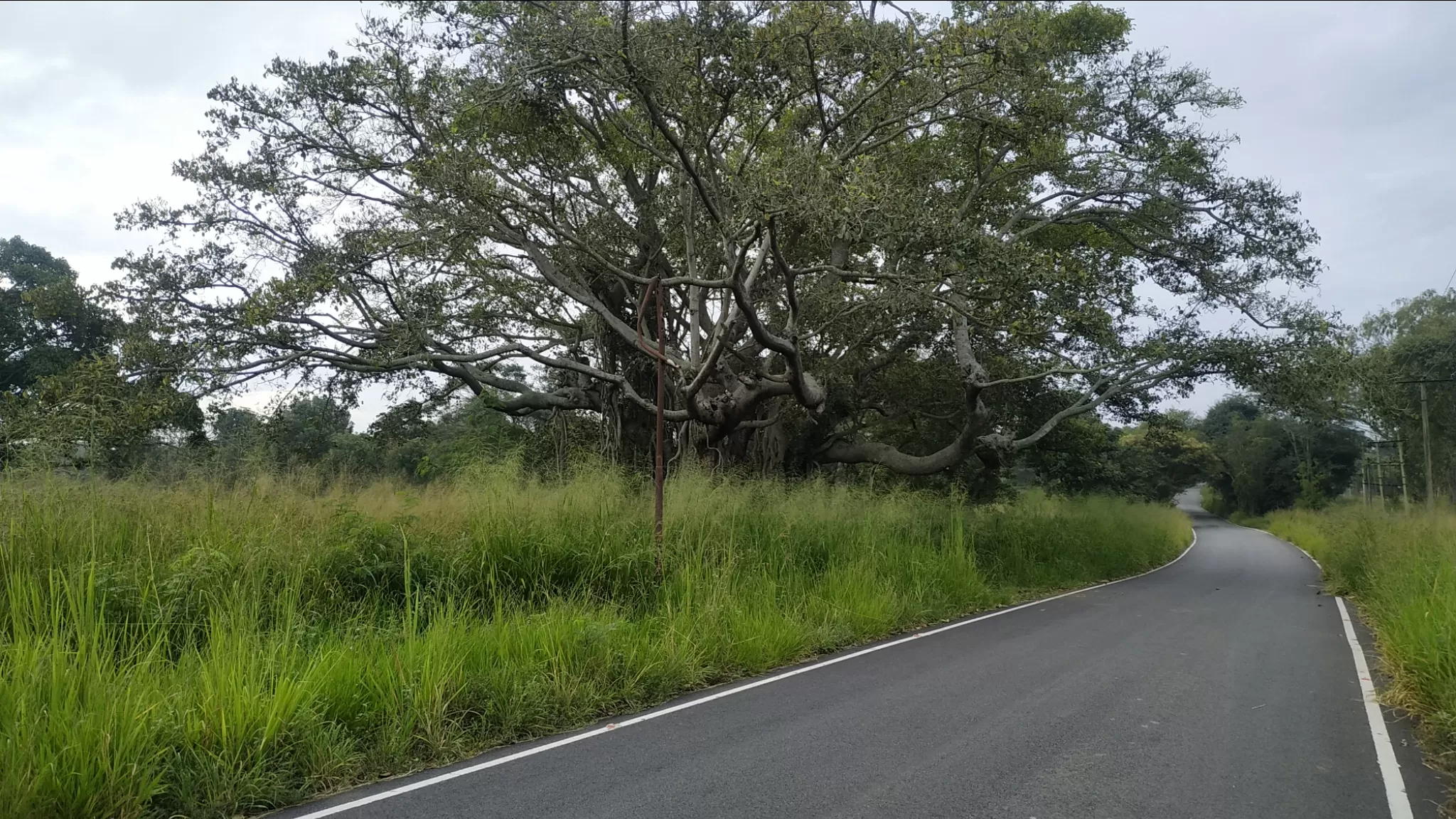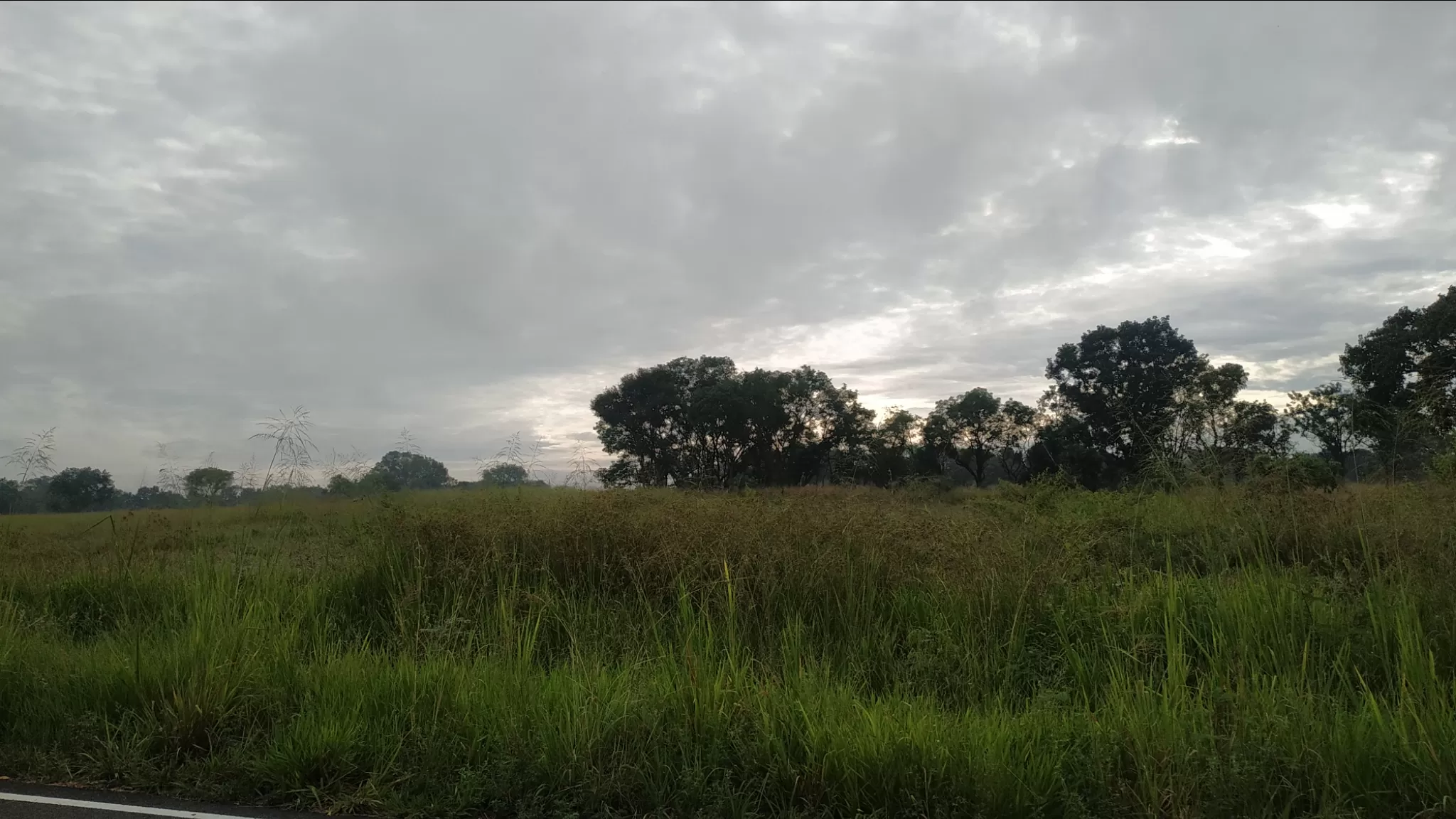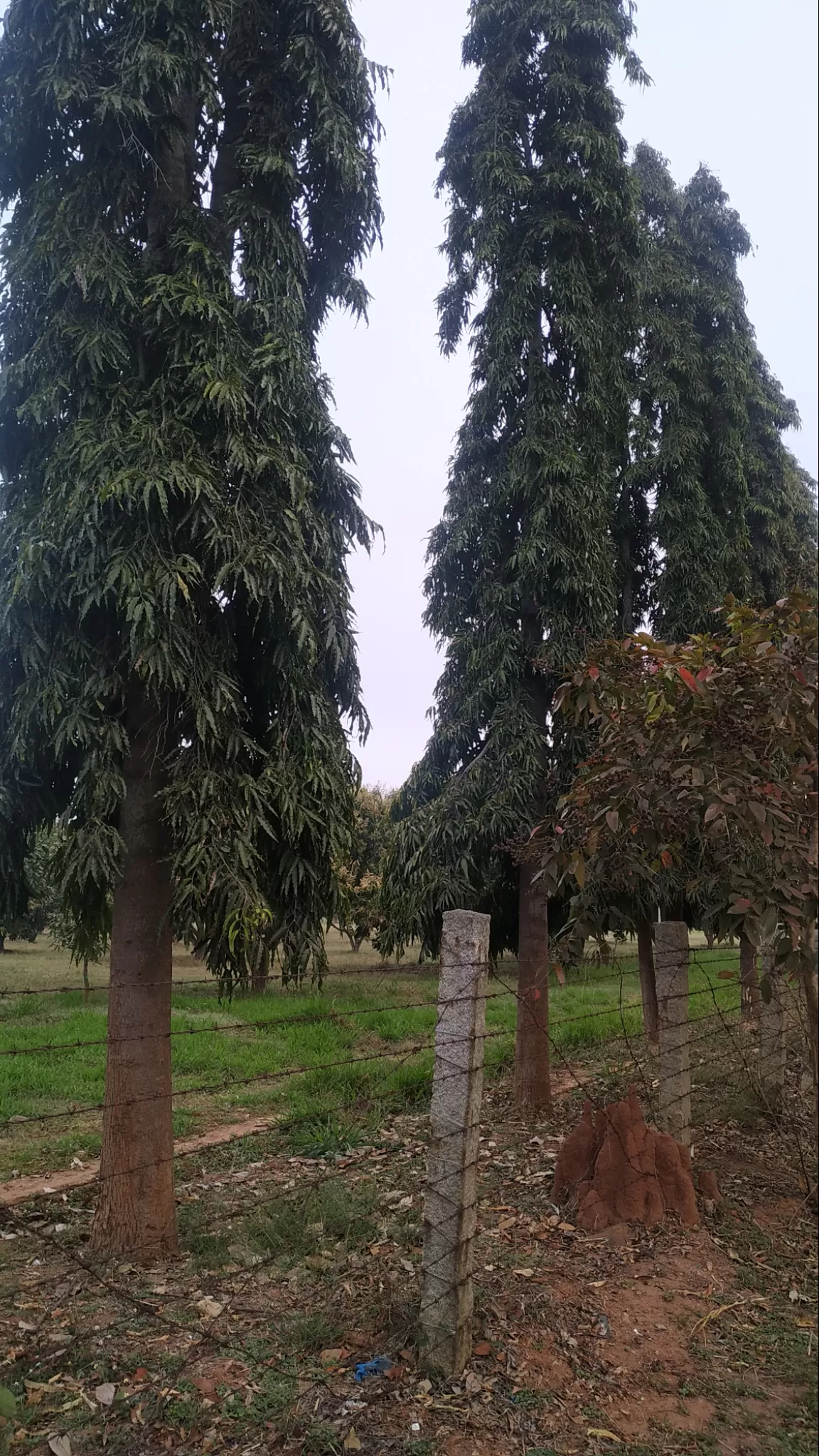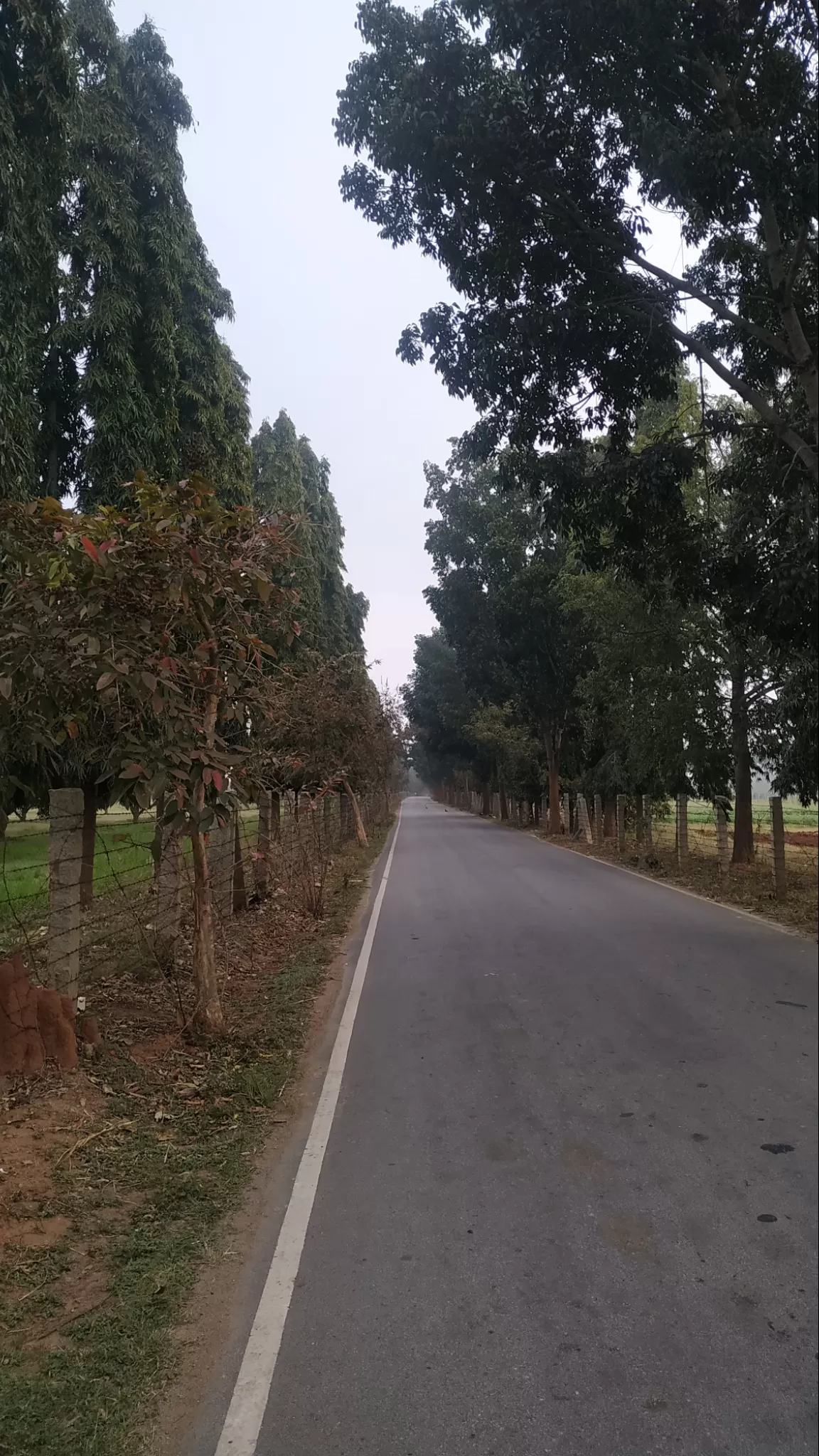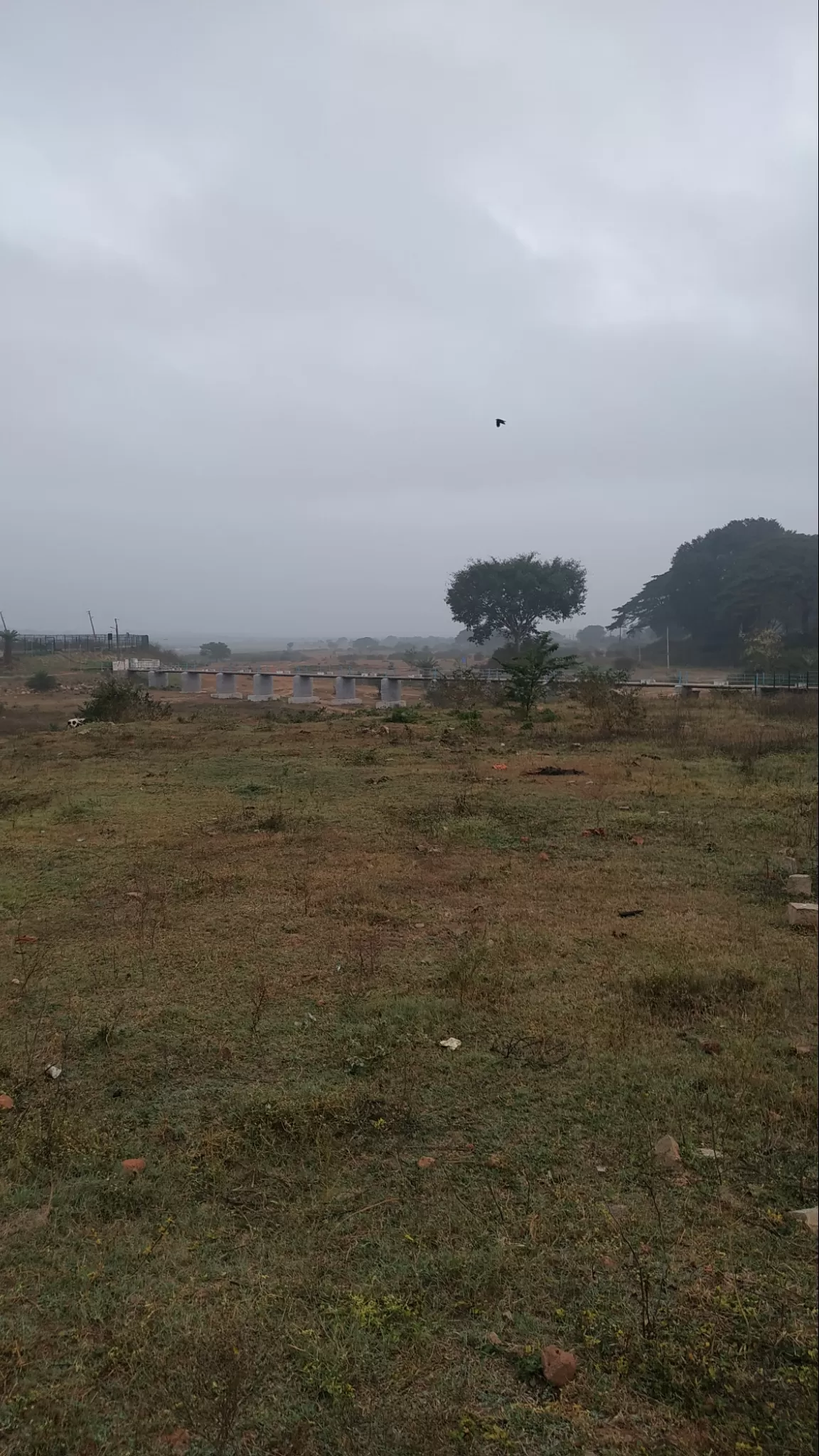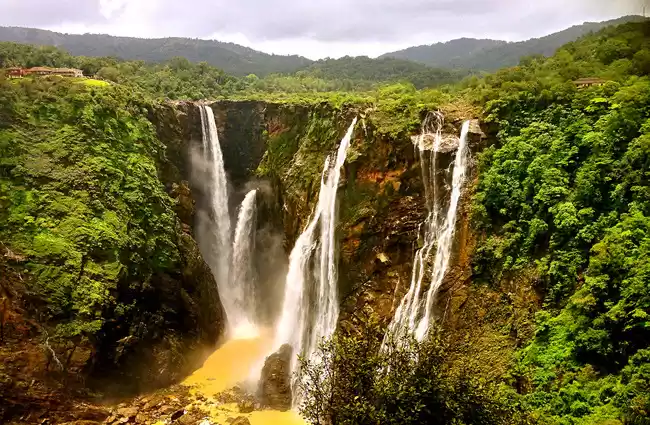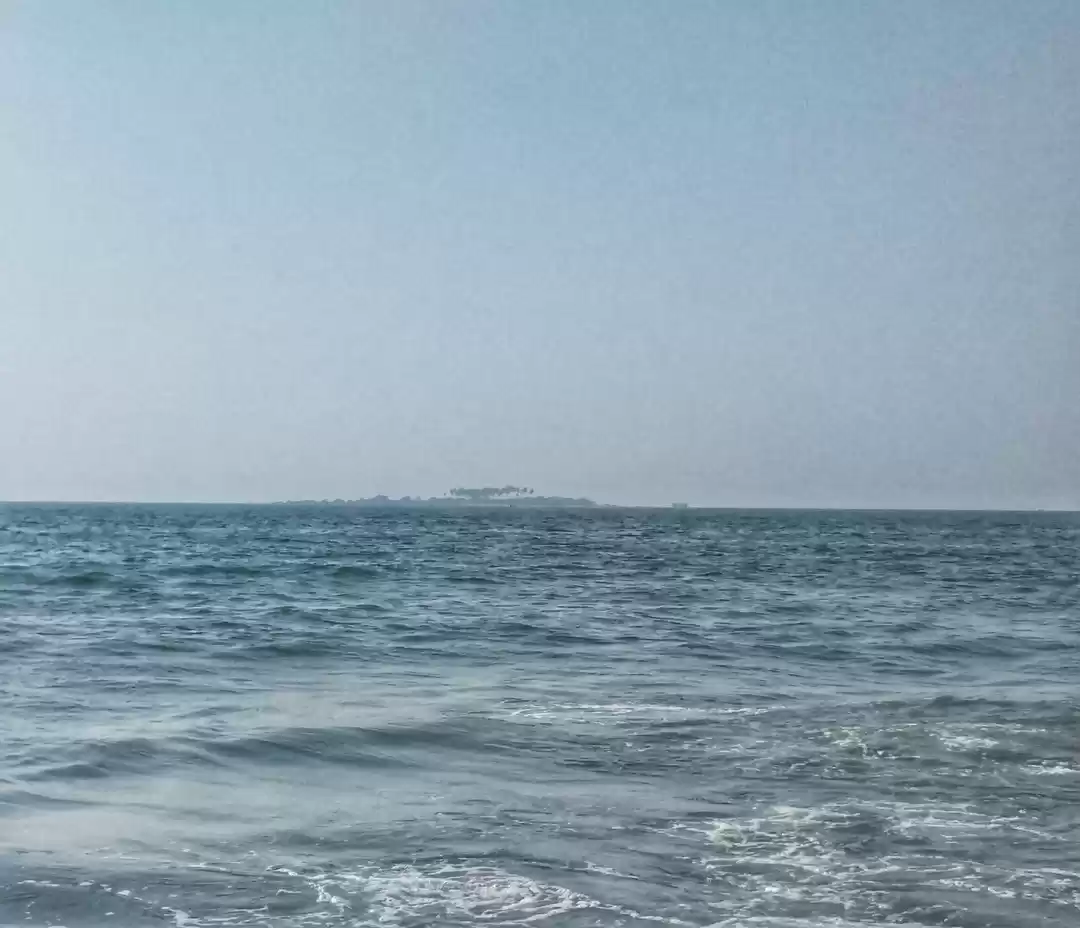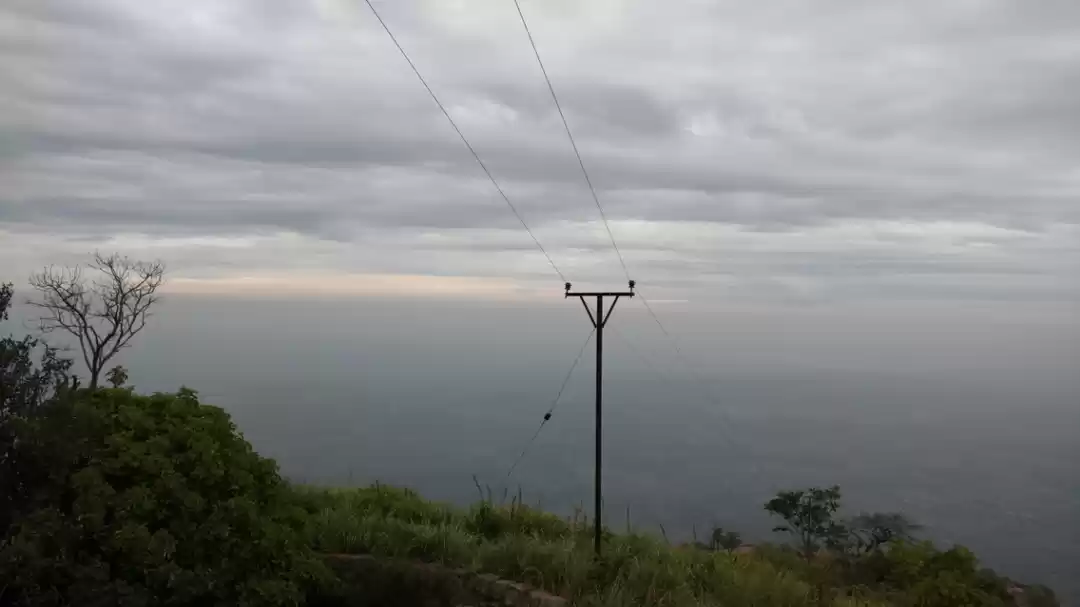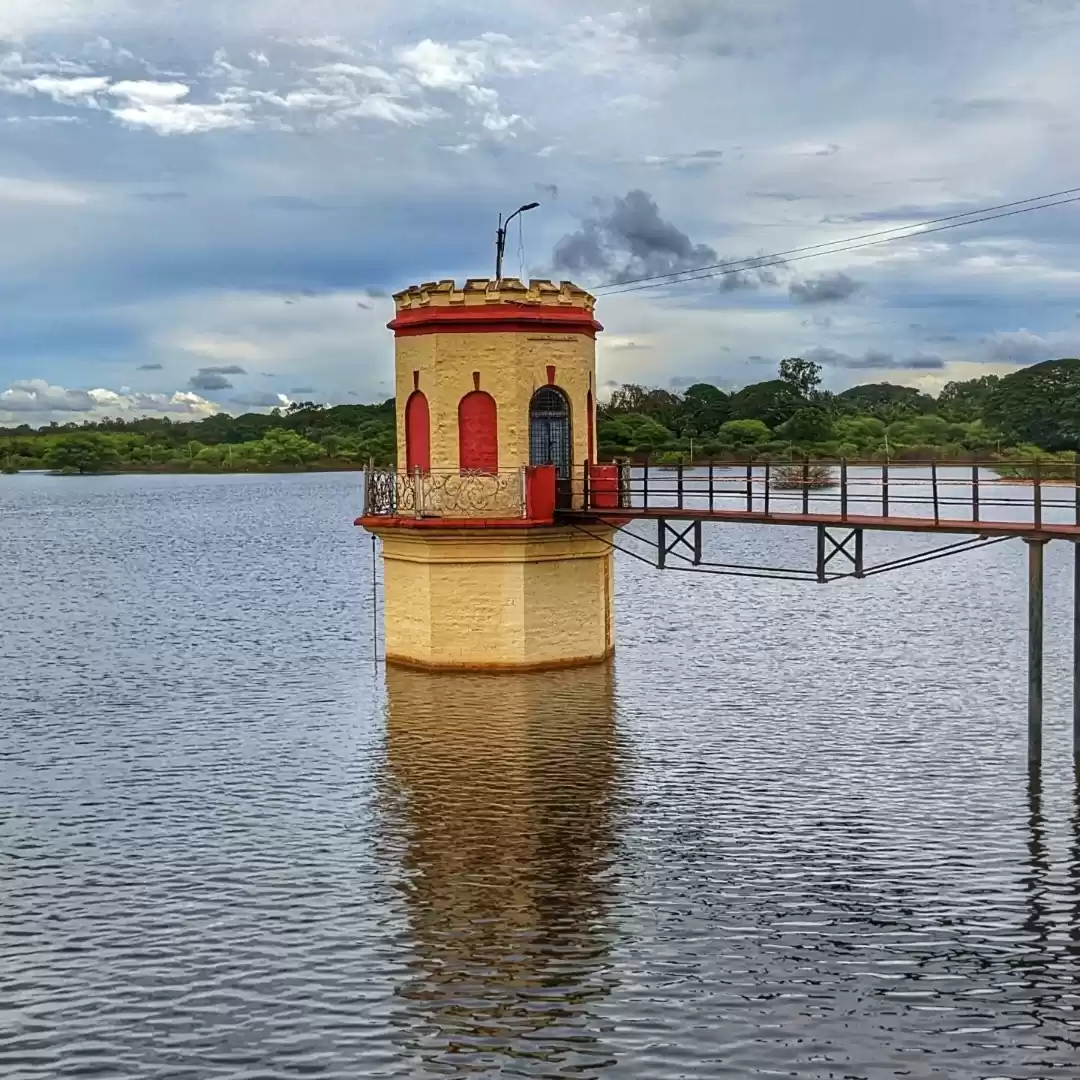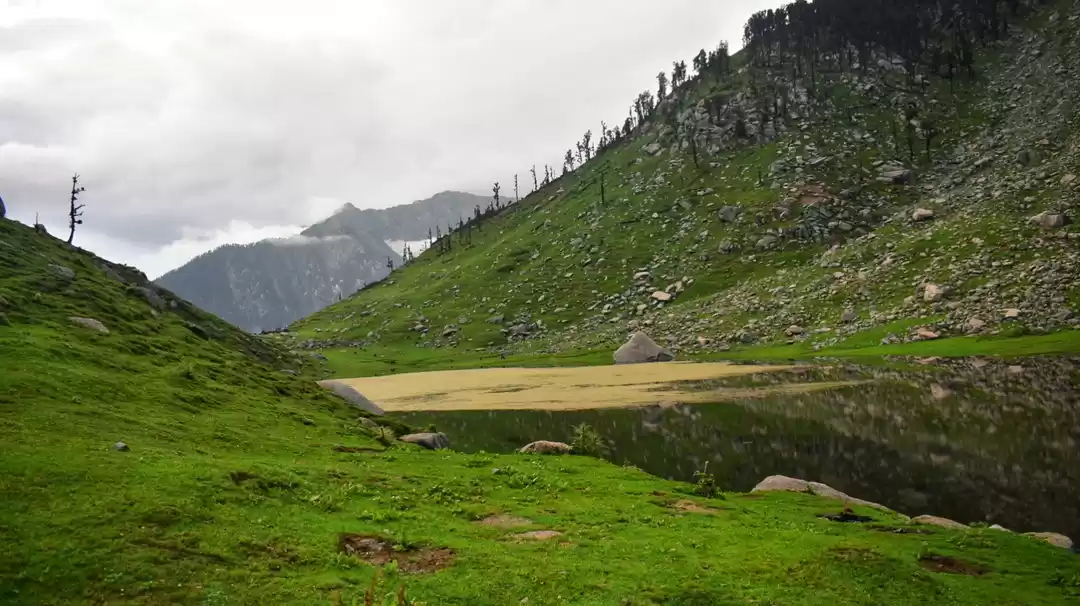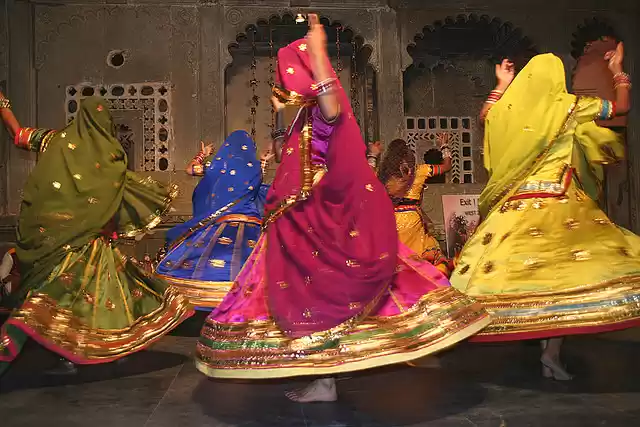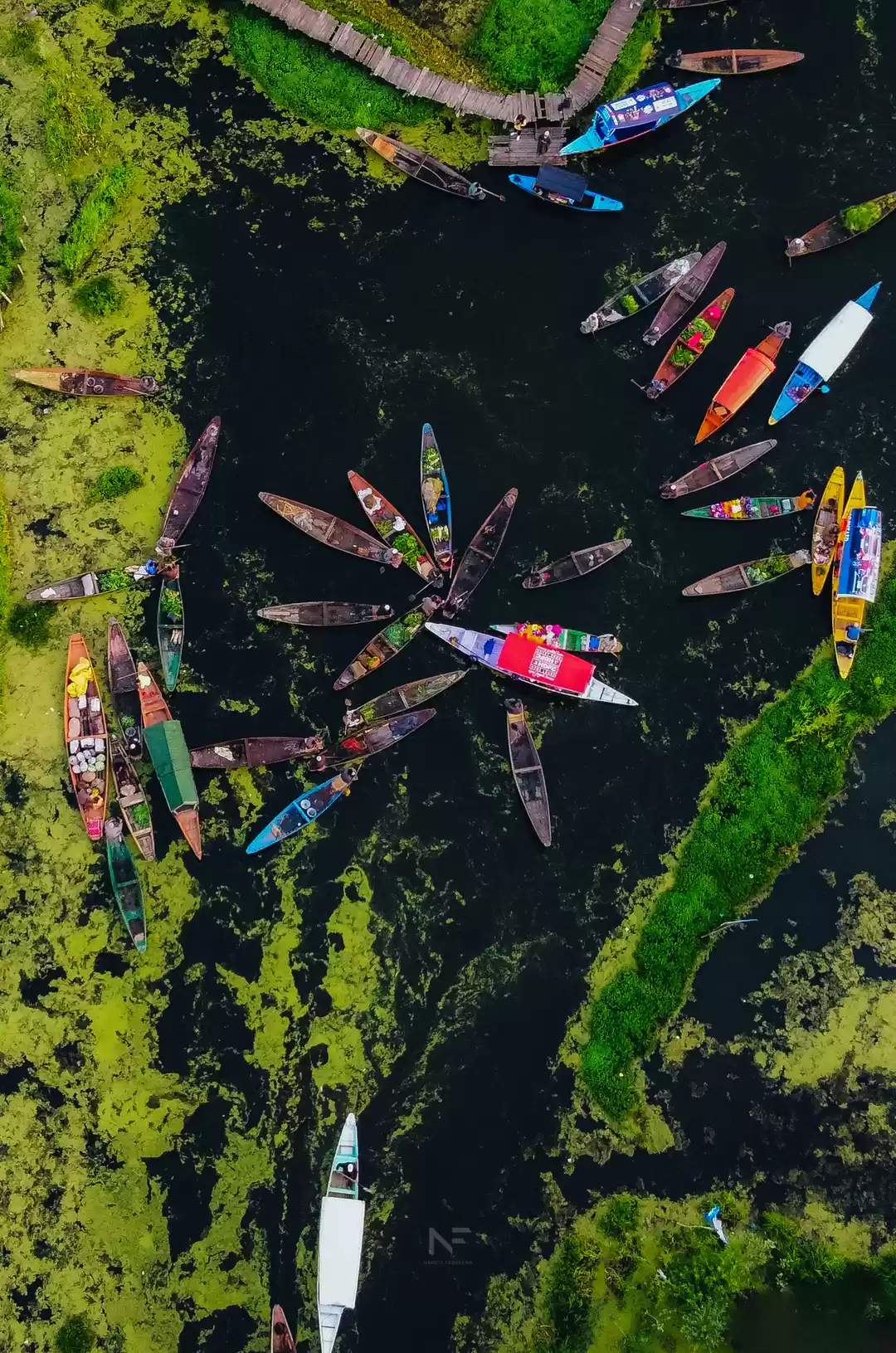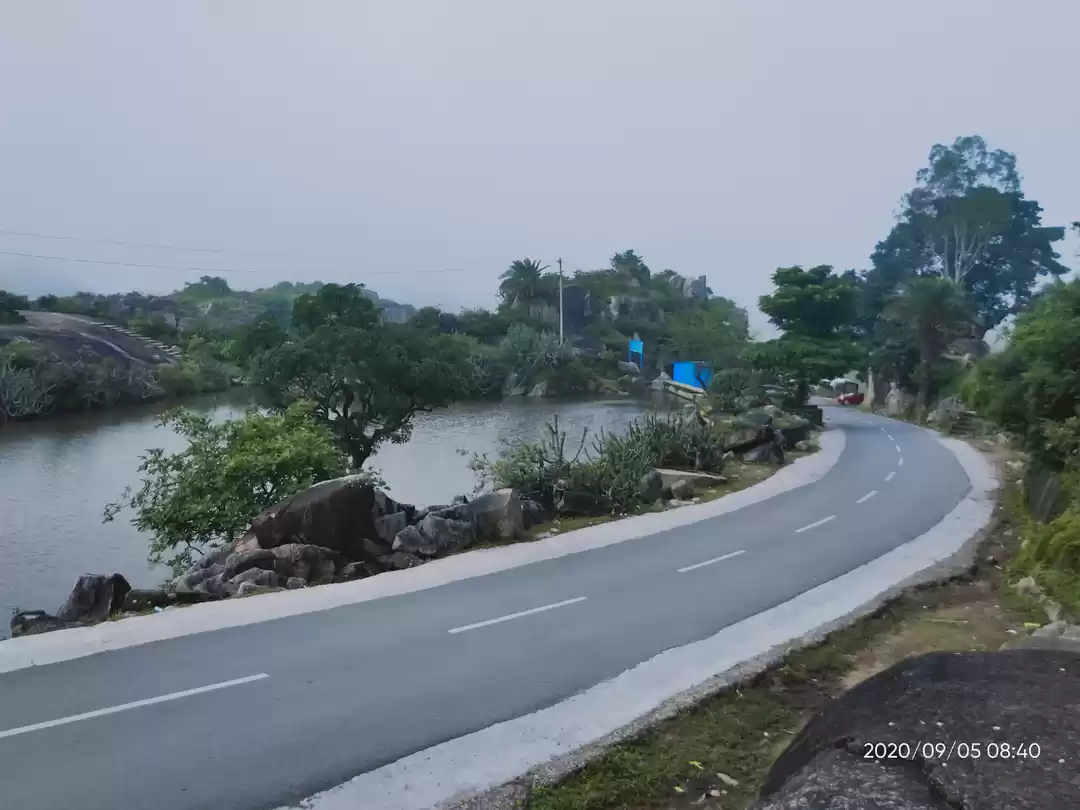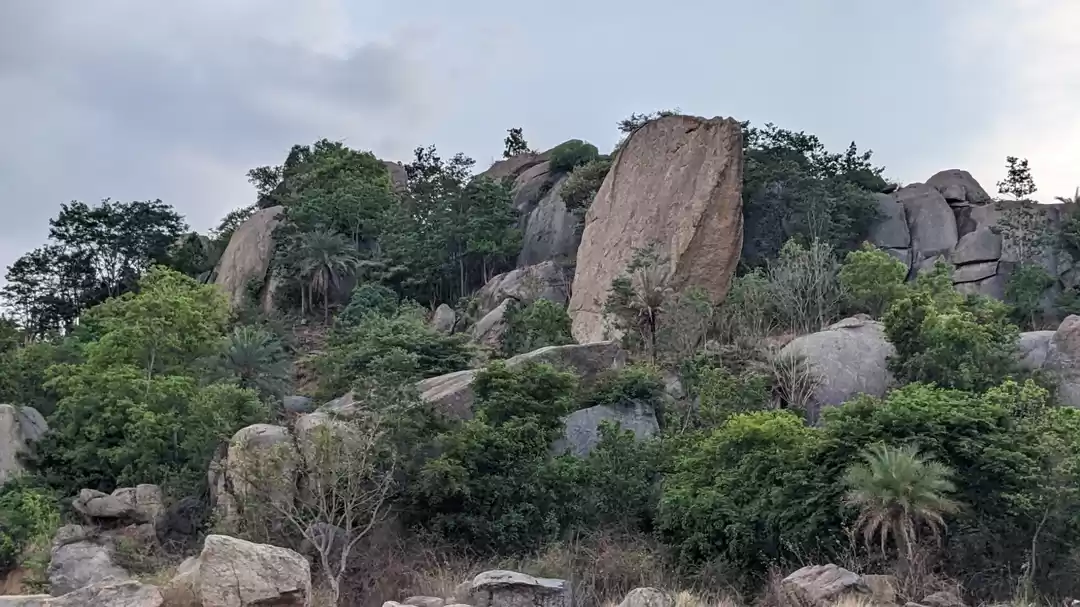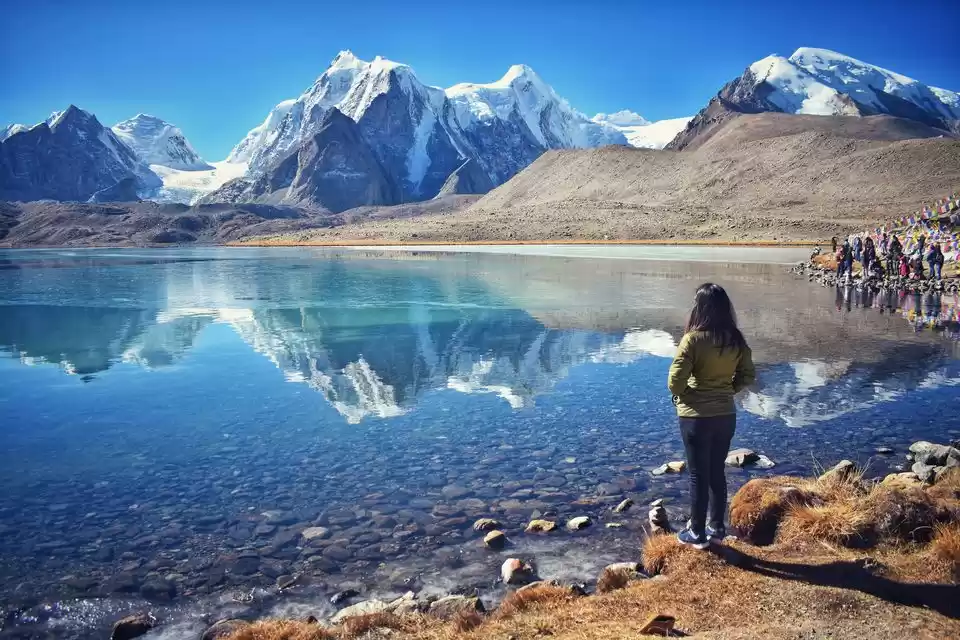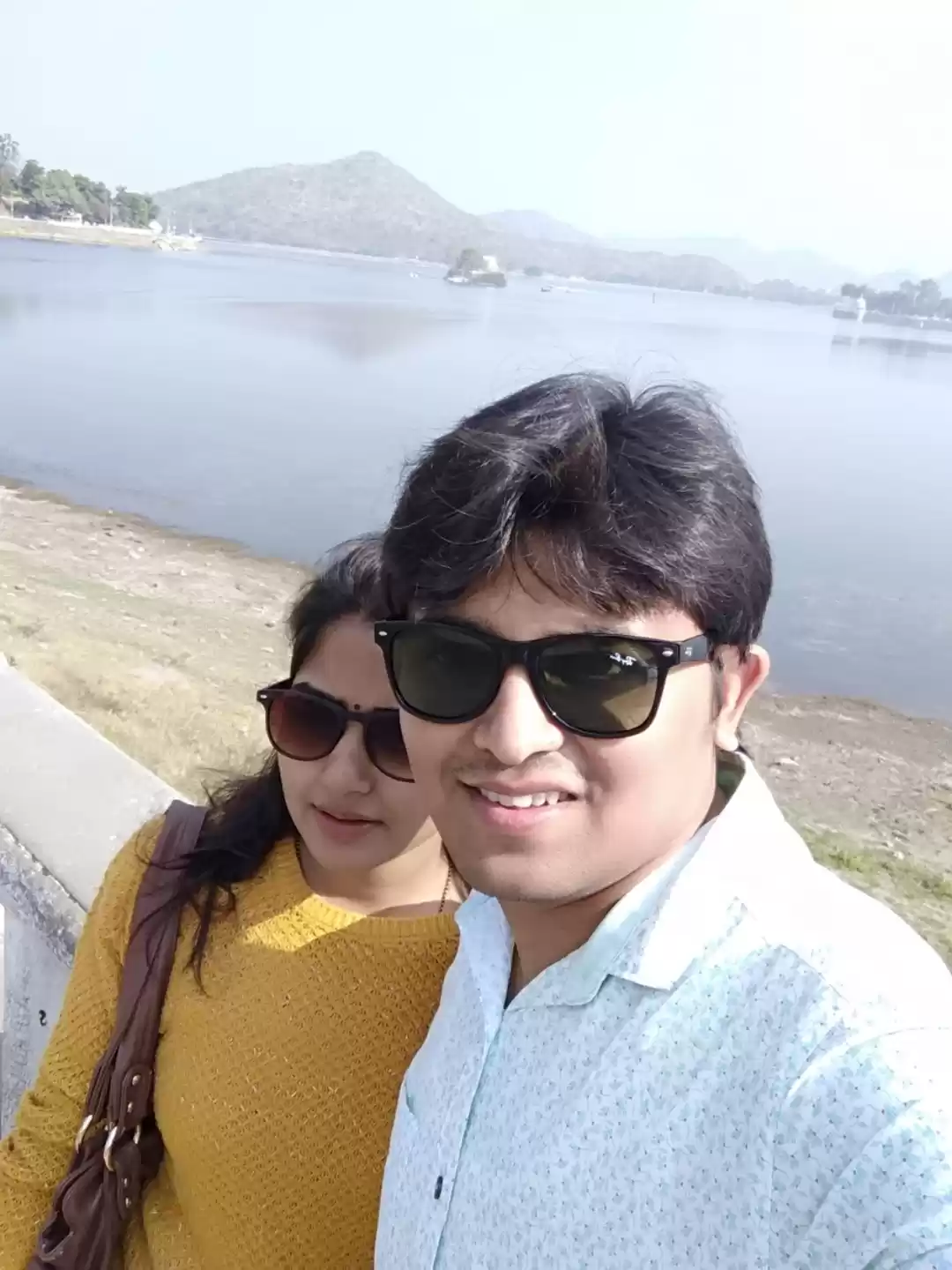Are you looking for a place to relax and reconnect with nature, away from the noise and pollution of the city? Do you want to witness the beauty and diversity of wildlife, especially birds, in their natural habitat? Do you want to experience the culture and history of a region that has been shaped by water and agriculture for centuries? If your answer is yes, then you should definitely visit Hesaraghatta, a hidden gem of Bangalore.
Hesaraghatta is a manmade lake and grassland area in Bangalore, Karnataka, that offers a serene and scenic escape from the hustle and bustle of the city. In this article, we will explore the history, beauty, and diversity of Hesaraghatta, and why it is a must-visit destination for nature lovers, birdwatchers, and photographers.
History of Hesaraghatta
Hesaraghatta Lake was built in 1894, across the Arkavathy River, by the then Maharaja of Mysore, to supply water to Bangalore. The lake covers an area of about 405 hectares, and has a capacity of 3.6 million cubic meters. The name Hesaraghatta comes from the Kannada words “hesara” meaning hay, and “ghatta” meaning bund, referring to the grassy embankment around the lake.
The lake was once a lifeline for the people and the crops of the region, but over the years, it has faced many challenges and threats, such as water scarcity, pollution, encroachment, and climate change. The lake has dried up several times, and its water level has declined drastically. The lake is now mainly used for irrigation, fishing, and recreation, and is also a source of groundwater recharge.
Biodiversity and Conservation of Hesaraghatta
Despite the environmental degradation, Hesaraghatta Lake and its surroundings are still home to a rich and varied flora and fauna, especially birds. The lake and its wetlands attract many resident and migratory birds, making it a paradise for birdwatchers and photographers. Some of the rare and endangered species that can be spotted here are the Lesser Florican, the Indian Eagle Owl, the Indian Spotted Eagle, and the Marsh Crocodile. The lake is also a habitat for many fish, reptiles, amphibians, insects, and mammals.

The grasslands around the lake are also a green and scenic area, where many plants and animals thrive. The grasslands are one of the few remaining habitats for the endangered grassland birds, such as the Indian Courser, the Blackbuck, and the Great Indian Bustard. The grasslands also support many herbs, shrubs, and trees, some of which have medicinal and cultural value.
The biodiversity and conservation of Hesaraghatta Lake and its surroundings are of great importance, not only for the wildlife, but also for the people and the ecosystem. The lake and its grasslands provide many ecosystem services, such as water purification, flood control, soil erosion prevention, carbon sequestration, and climate regulation. They also provide livelihood opportunities, recreation, and education for the local communities and the visitors.
The best spots and times to observe and photograph the wildlife at Hesaraghatta are the watchtowers, the bird hides, and the nature trails around the lake. The best time to visit the lake is from October to March, when the weather is pleasant and the birds are abundant. The best time of the day to enjoy the lake is early morning or late evening, when the light is soft and the birds are active.
When visiting Hesaraghatta, it is important to follow some ethical and responsible practices, such as:
- Do not litter or pollute the lake or the grasslands
- Do not disturb or harm the wildlife or their habitat
- Do not feed or bait the wildlife
- Do not play loud music or make noise
- Do not use flash or artificial light for photography
- Do not trespass or enter restricted areas
- Do respect the privacy and the rights of the locals and the farmers
Things to Do and See at Hesaraghatta
Hesaraghatta Lake and its surroundings offer a variety of activities and attractions for the visitors, such as:

Boating and fishing on the lake, and enjoying the views and the breeze - You can rent a boat or a kayak from the boating club, or bring your own fishing equipment and try your luck at catching some fish. You can also enjoy a picnic or a barbecue on the banks of the lake, or just relax and soak in the tranquility of the water.
Cycling and hiking on the trails and roads around the lake, and exploring the natural and cultural landmarks - You can bring your own bicycle or rent one from the cycling club, and pedal along the scenic routes around the lake. You can also hike or walk on the nature trails, and discover the flora and fauna of the grasslands and the wetlands. You can also visit some of the historical and cultural landmarks, such as the ancient temples, the stone pillars, and the inscriptions, that tell the stories of the past.

Visiting the nearby places of interest, such as the Nrityagram Dance Village, the Government Aquarium, the Hesaraghatta Dairy Farm, and the Ancient Temple Complex - You can learn more about the art, culture, and history of the region, and witness some of the unique and fascinating attractions. You can watch the classical dance performances and the training sessions at the Nrityagram Dance Village, a residential school and a cultural center for the Indian classical dances. You can see the diverse and colorful aquatic life at the Government Aquarium, one of the largest freshwater aquariums in India. You can observe the dairy farming and the animal husbandry at the Hesaraghatta Dairy Farm, one of the oldest and the largest dairy farms in India. You can admire the architecture and the sculptures of the Ancient Temple Complex, a group of temples dating back to the 9th century, dedicated to various Hindu deities.

Learning and experiencing the local culture, cuisine, and crafts, and interacting with the villagers and the farmers - You can get a glimpse of the rural life and the traditions of the people living near the lake, and learn about their customs, beliefs, and practices. You can also taste the local cuisine and the delicacies, such as the ragi mudde, the saaru, the kosambari, and the holige, and learn how to prepare them. You can also buy some of the local crafts and the products, such as the pottery, the basketry, the silk, and the honey, and support the local economy and the artisans.
Travel Tips and Information for Hesaraghatta
Here are some of the essential and practical information and advice for the visitors who want to visit Hesaraghatta:

How to reach Hesaraghatta Lake
The lake is located about 35 km northwest of Bangalore, and can be easily reached by road, either by car, bike, bus, or taxi. The nearest railway station is Yeshwantpur, which is about 25 km from the lake, and the nearest airport is Kempegowda International Airport, which is about 45 km from the lake. The travel time and the cost may vary depending on the traffic, the route, and the mode of transport, but generally, it takes about an hour to reach the lake from Bangalore, and the cost ranges from Rs. 50 to Rs. 1000.
When to visit Hesaraghatta Lake
Based on the weather, the season, and the bird migration patterns, and the best time of the day to enjoy the lake. The lake can be visited throughout the year, but the best time to visit is from October to March, when the weather is pleasant and the birds are abundant. The summer months, from April to June, are hot and dry, and the water level may be low. The monsoon months, from July to September, are wet and humid, and the lake may be flooded or muddy. The best time of the day to enjoy the lake is early morning or late evening, when the light is soft and the birds are active.
Where to stay near Hesaraghatta Lake
There are many accommodation options near the lake, catering to different budgets and preferences, such as resorts, hotels, homestays, and campsites. Some of the popular and recommended ones are:

Our Native Village: A eco-friendly and organic resort, located about 2 km from the lake, that offers a rustic and authentic experience of the village life, with cottages, tents, and huts, and facilities such as a swimming pool, a spa, a restaurant, and a library. The resort also organizes various activities and workshops, such as pottery, bullock cart rides, kite flying, and yoga. The resort has a rating of 4.5 out of 5, and the price ranges from Rs. 4000 to Rs. 6000 per night.
Taj Kuteeram: A luxury and heritage resort, located about 3 km from the lake, that offers a refined and elegant experience of the classical art and culture, with rooms, suites, and cottages, and facilities such as a swimming pool, a spa, a restaurant, and a conference hall. The resort also hosts regular performances and events, such as dance, music, theatre, and poetry, by renowned artists and celebrities. The resort has a rating of 4 out of 5, and the price ranges from Rs. 6000 to Rs. 10000 per night.
Hesaraghatta Homestay: A cozy and comfortable homestay, located about 5 km from the lake, that offers a homely and friendly experience of the rural life, with rooms, dormitories, and tents, and facilities such as a kitchen, a dining area, a garden, and a bonfire. The homestay also arranges various activities and tours, such as cycling, hiking, birdwatching, and farming. The homestay has a rating of 3.5 out of 5, and the price ranges from Rs. 1000 to Rs. 3000 per night.
Hesaraghatta Campsite: A adventurous and fun campsite, located about 7 km from the lake, that offers a thrilling and exciting experience of the outdoors, with tents, sleeping bags, and mats, and facilities such as a barbecue, a toilet, and a security guard. The campsite also organizes various games and challenges, such as treasure hunt, obstacle course, and tug of war. The campsite has a rating of 3 out of 5, and the price ranges from Rs. 500 to Rs. 1500 per night.
What to carry and what to avoid, and the dos and don’ts of visiting Hesaraghatta Lake
Here are some of the things that you should keep in mind when visiting Hesaraghatta Lake:
Carry:
A valid ID proof, such as a passport, a driving license, or an Aadhaar card, for verification and security purposes
A camera, a binocular, and a guidebook, to capture and identify the wildlife and the scenery
A hat, a sunscreen, and a sunglasses, to protect yourself from the sun and the heat
A water bottle, a snack, and a first-aid kit, to stay hydrated, energized, and safe
A jacket, a flashlight, and a mosquito repellent, to keep yourself warm, bright, and bug-free
Avoid:
Carrying any plastic or non-biodegradable items, such as bags, bottles, wrappers, or cups, that may litter or pollute the lake or the grasslands
Carrying any weapons, fireworks, or drugs, that may harm or endanger the wildlife or the people
Carrying any pets, as they may disturb or chase the wildlife or the livestock
Wearing any bright or flashy clothes, accessories, or footwear, that may attract or scare the wildlife or the locals
Wearing any religious or political symbols, slogans, or attire, that may offend or provoke the locals or the authorities
Do:
Respect the nature and the culture of the place, and appreciate its beauty and diversity
Follow the rules and regulations of the lake and the grasslands, and cooperate with the officials and the staff
Support the local economy and the environment, by buying the local products and services, and by donating or volunteering for the conservation and the development projects
Share your feedback and your experience, and recommend the place to your friends and family
Don’t:
Litter or pollute the lake or the grasslands, or damage or destroy the wildlife or their habitat
Disturb or harm the wildlife or the people, or feed or bait the wildlife
Play loud music or make noise, or use flash or artificial light for photography
Trespass or enter restricted areas, or violate the privacy and the rights of the locals and the farmers
Engage in any illegal or unethical activities, such as poaching, hunting, or smuggling
Hesaraghatta is a hidden gem of Bangalore, that offers a unique and unforgettable experience for nature lovers, birdwatchers, and photographers. It is a place where you can witness the beauty and diversity of nature, and learn about the history and culture of the region. Hesaraghatta is a place that deserves your attention and appreciation, and a place that you will want to visit again and again.
We hope that this article has inspired you to plan your trip to Hesaraghatta, and to discover its wonders and secrets. If you have any questions or queries, feel free to contact us at Tripoto, and we will be happy to assist you.
Tripoto is a leading travel website that offers customized and personalized holiday packages for various destinations in India and abroad, with reviews and ratings from travelers. You can also browse through our website and our blog, to find more information and inspiration for your travel plans.
So, what are you waiting for? Book your trip to Hesaraghatta today, and get ready for an amazing adventure. Hesaraghatta awaits you!




